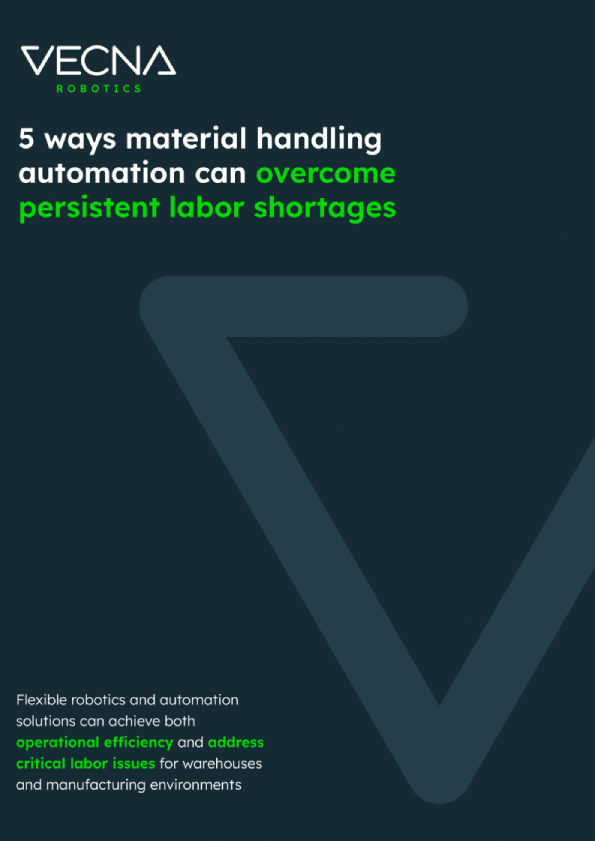It has now been roughly 2 years since the pandemic shut down the U.S. and took the skilled labor shortage to a new extreme. Demanding working conditions have workers running for the hills – or rather, running away from warehouses, manufacturing, and distribution facilities.
We know that this labor crunch is no joke, and surging e-commerce demands, the “Great Resignation”, and supply chain disruptions have not made it any easier on companies’ bottom line. These trends are likely to continue for the next several years, and in some cases may get worse. It’s clear that companies can no longer rely on abundant labor to run warehouses or factories.
The good news is that when times get tough – innovation prospers.
Automation technology has come a long way in recent years, and is now more effective, accessible, and scalable than ever before. The performance of automation continues to improve, lowering operating expenses and providing critical market adaptability. Now, robotics and automation in warehouse and factory environments are the only viable option for companies looking to address labor shortages and optimize their operations to handle surging customer orders. See how leasing robots can reduce costs, improve staff retention, and increase efficiency in “5 Ways Material Handling Automation Can Overcome Persistent Labor Shortages.”
Please CLICK HERE to download the white paper.


